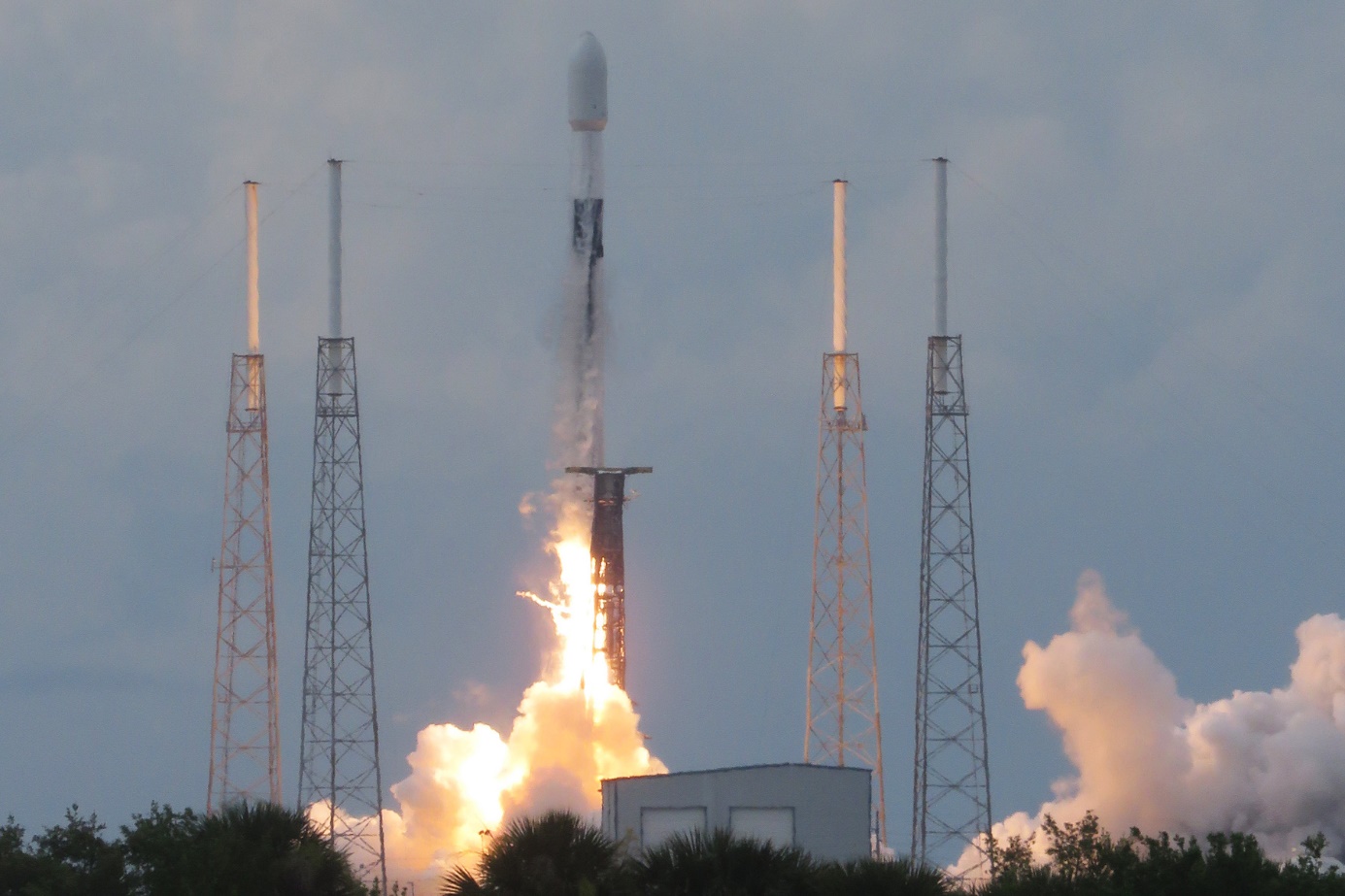
Falcon 9 SES-22 Launch, Photo Courtesy Carleton Bailie/Spaceline
Falcon 9 Launches SES-22 Satellite
June 29, 2022 | Reported by Cliff Lethbridge
A SpaceX Falcon 9 rocket successfully launched the SES-22 satellite at 5:04 p.m. EDT today from Launch Pad 40 on Cape Canaveral Space Force Station. The first stage booster employed today was being flown for the second time, having previously supported one Starlink mission. The booster was successfully recovered today with a landing on the "A Shortfall of Gravitas" drone ship positioned on the Atlantic Ocean about 400 miles east of Cape Canaveral. SES-22, a 7,700-pound satellite built by Thales Alenia Space and owned and operated by SES Luxembourg, was deployed to a geosynchronous transfer orbit about 33 minutes after launch. The satellite will ultimately be positioned at 135 degrees west longitude about 22,000 miles above the equator. It is intended to provide television, radio and data services to users in the United States. SES-22 has an expected design life of about 15 years.
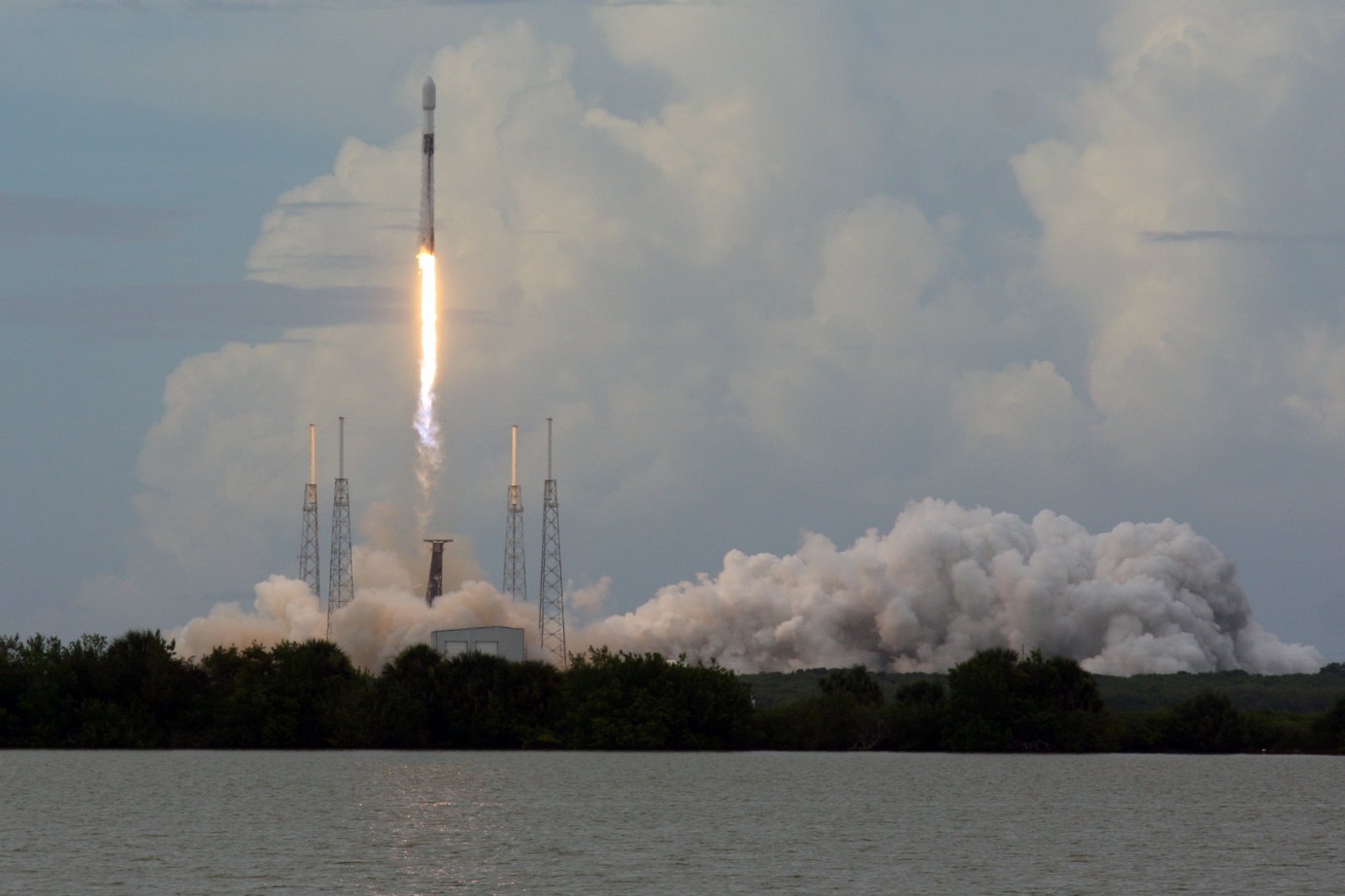
Falcon 9 SES-22 Launch, Photo Courtesy Carleton Bailie/Spaceline
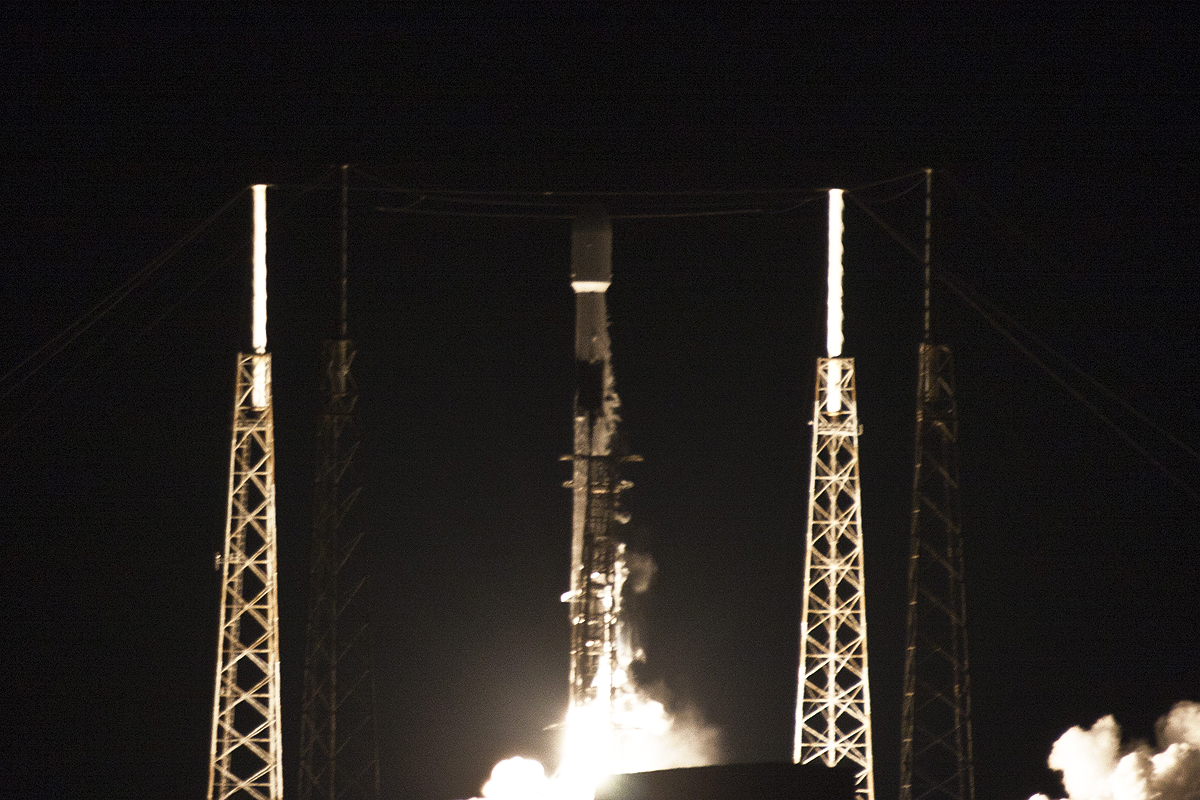
Falcon 9 Globalstar FM-15 Launch, Photo Courtesy Carleton Bailie/Spaceline
Falcon 9 Launches Globalstar FM-15 Satellite
June 19, 2022 | Reported by Cliff Lethbridge
A SpaceX Falcon 9 rocket successfully launched the Globalstar FM-15 satellite at 12:27 a.m. EDT today from Launch Pad 40 on Cape Canaveral Space Force Station. The first stage booster employed today was being flown for the ninth time, having previously supported the Crew-1, Crew-2, SXM-8, CRS-23, IXPE, Transporter-4, Transporter-5 and one Starlink mission. The booster was successfully recovered today with a landing on the "Just Read the Instructions" drone ship positioned on the Atlantic Ocean about 400 miles northeast of Cape Canaveral. Upon today's launch, SpaceX will have completed three Falcon 9 launches in about 36 hours, the fastest turnaround in launches by any company in history. The Globalstar FM-15 satellite was deployed about two hours after launch and will join Globalstar's fleet of phone and messaging network satellites. Globalstar FM-15 is a spare satellite built by Thales Alenia Space over a decade ago.
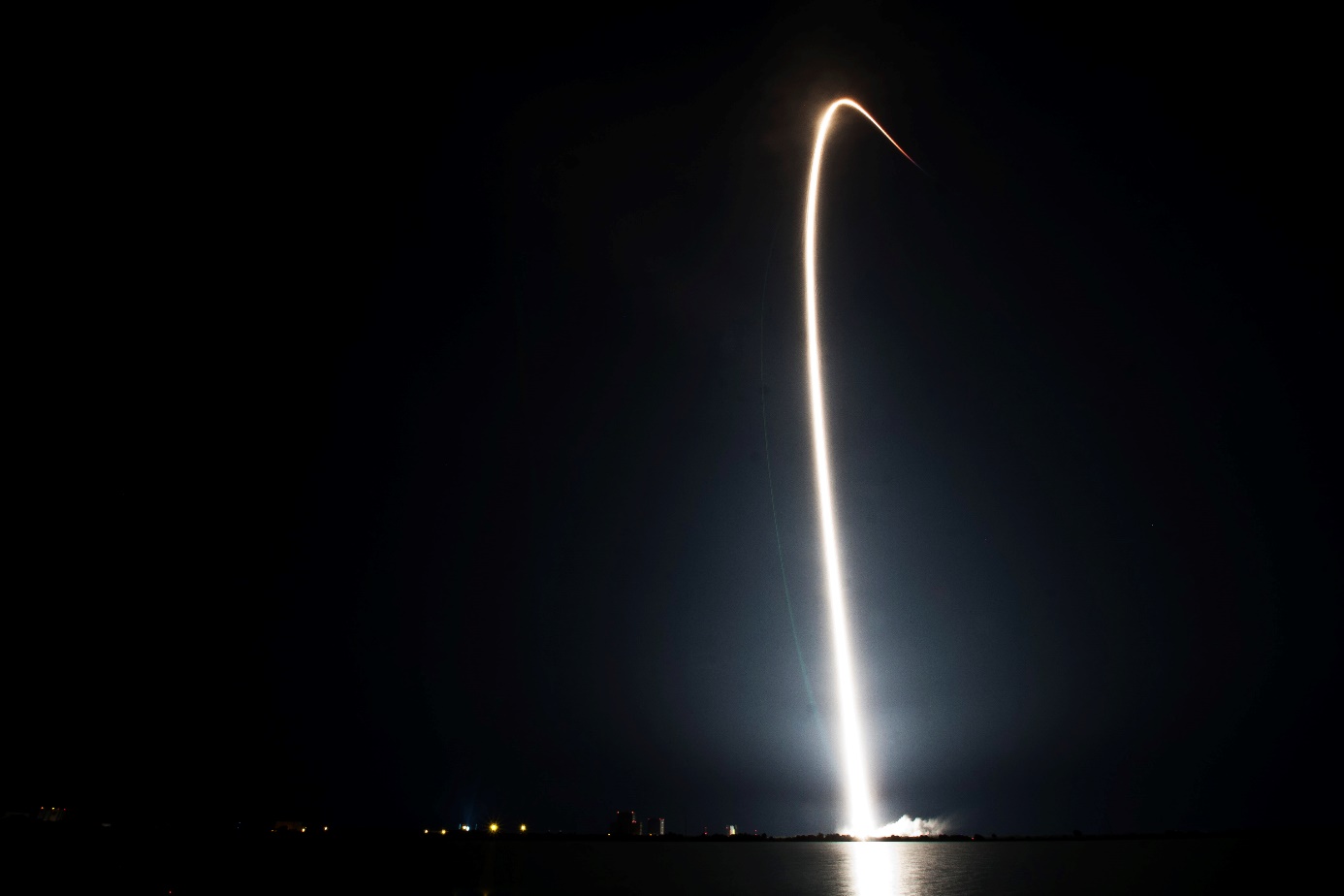
Falcon 9 Globalstar FM-15 Streak Shot, Photo Courtesy Carleton Bailie/Spaceline
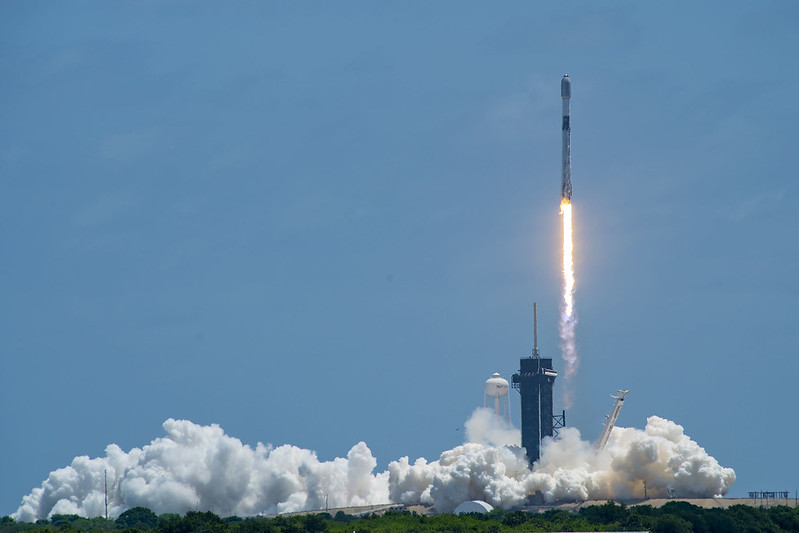
Falcon 9 Starlink 4-19 Launch, Photo Courtesy SpaceX
Falcon 9 Launches 53 Starlink Satellites
June 17, 2022 | Reported by Cliff Lethbridge
A SpaceX Falcon 9 rocket successfully launched 53 Starlink satellites at 12:09 p.m. EDT today from Launch Pad 39A at the Kennedy Space Center. The first stage booster employed today was being flown for a record-setting 13th time, having previously supported the GPS III-SV03, Turksat-5A, Transporter-2 and nine Starlink missions. The booster was successfully recovered today with a landing on the "A Shortfall of Gravitas" drone ship positioned on the Atlantic Ocean about 400 miles northeast of Cape Canaveral. The mission, designated Starlink 4-19, brings to a total of 2,706 Starlink satellites launched to date, although not all of these are operational or still in orbit. Starlink is a SpaceX-owned and operated constellation of broadband Internet satellites intended to provide space-based Internet service to unserved or underserved areas throughout the world. The service is currently available in 32 countries worldwide.
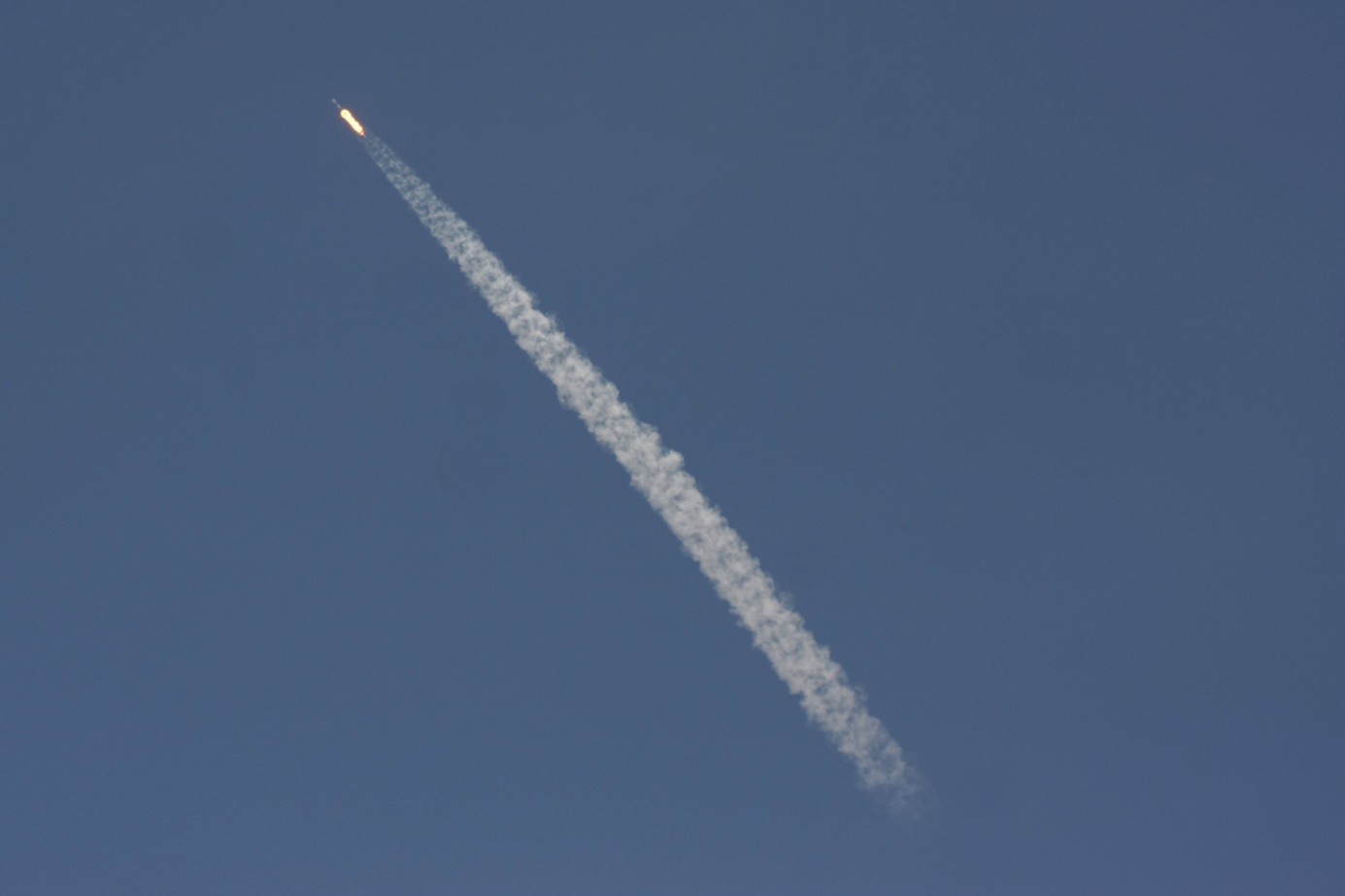
Falcon 9 Starlink 4-19 Downrange, Photo Courtesy Carleton Bailie/Spaceline
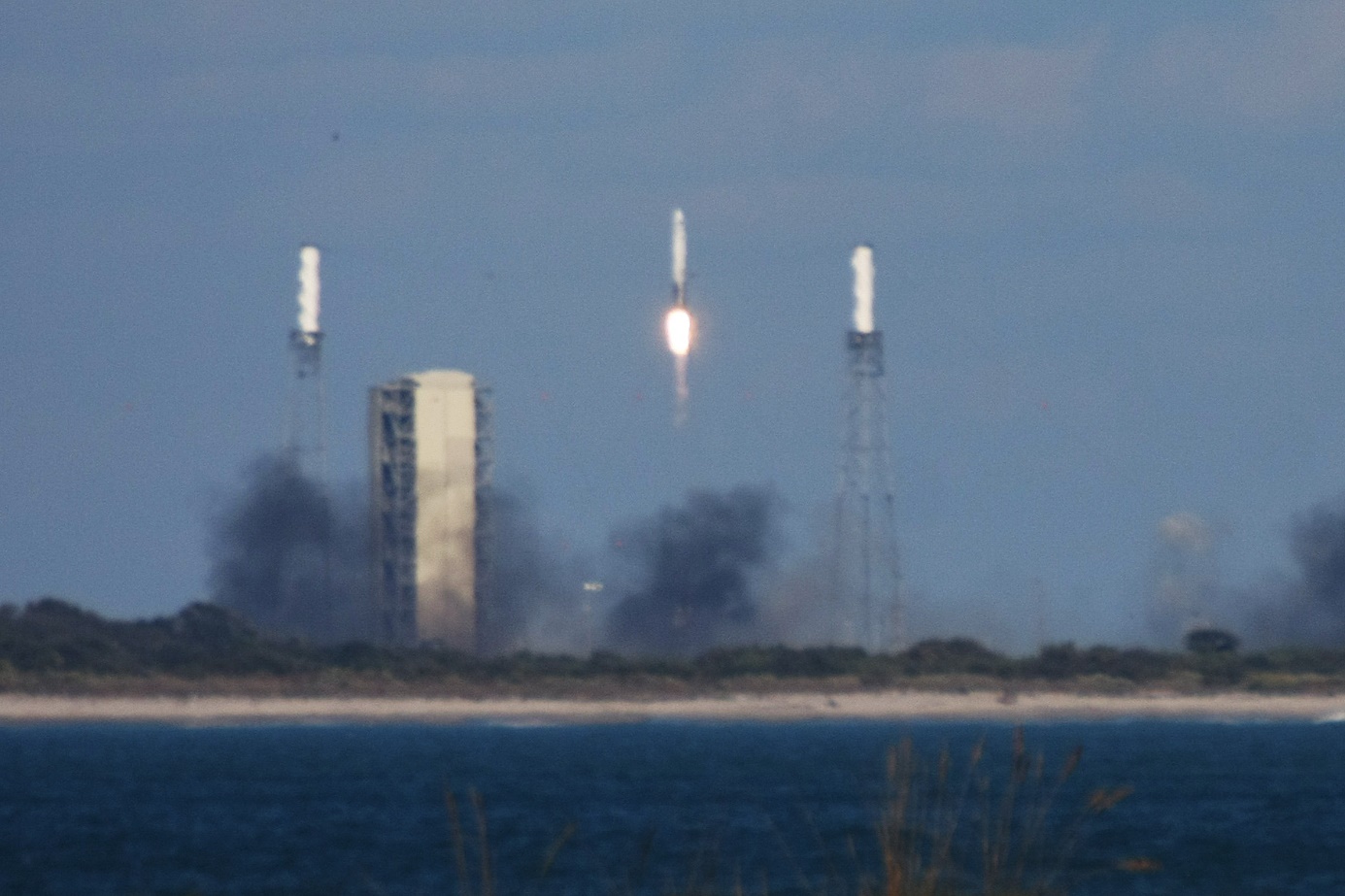
Astra Rocket 3.3 Launch, File Photo Courtesy Carleton Bailie/Spaceline
Astra Rocket 3.3 Suffers Second Stage Failure
June 12, 2022 | Reported by Cliff Lethbridge
An Astra Rocket 3.3 was launched today at 1:43 p.m. EDT from Launch Pad 46 on Cape Canaveral Space Force Station. The rocket's second stage cut off about a minute early at 7 minutes, 21 seconds after launch and the two NASA payloads were lost. The company said in a statement, "We had a nominal first stage flight. The upper stage shut down early and we did not deliver the payloads to orbit. We have shared our regrets with NASA and the payload team. More information will be provided after we complete a full data review." The rocket carried NASA's TROPICS-1/2 payload, consisting of two shoebox-size satellites intended to observe and analyze tropical weather systems. An Astra 3.3 rocket also suffered a second stage failure upon its maiden flight from Cape Canaveral on February 10, 2022 when the rocket failed to orbit four cubesats in the NASA ELENA-41 demonstration mission.
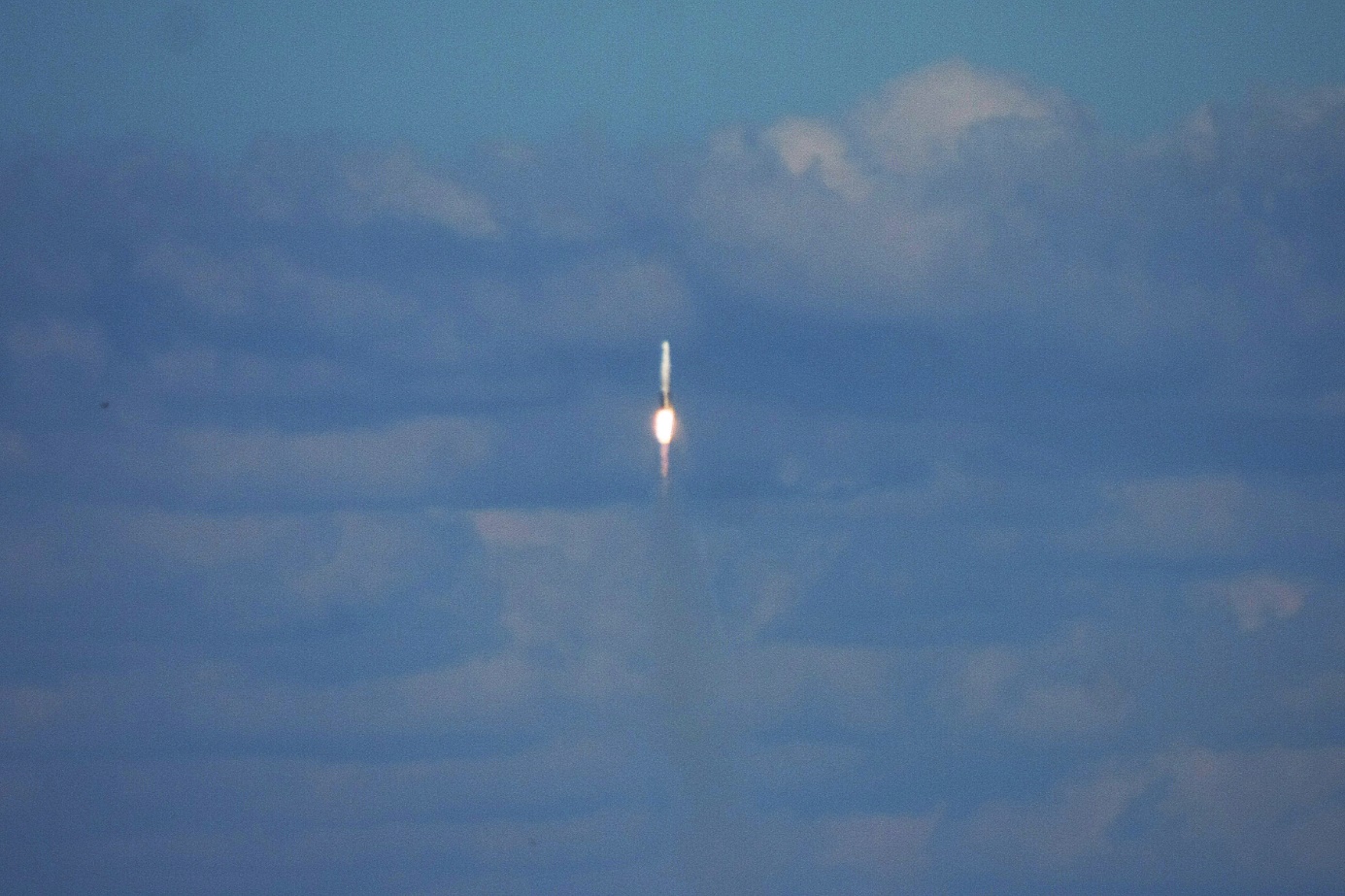
Astra Rocket 3.3 Launch, File Photo Courtesy Carleton Bailie/Spaceline
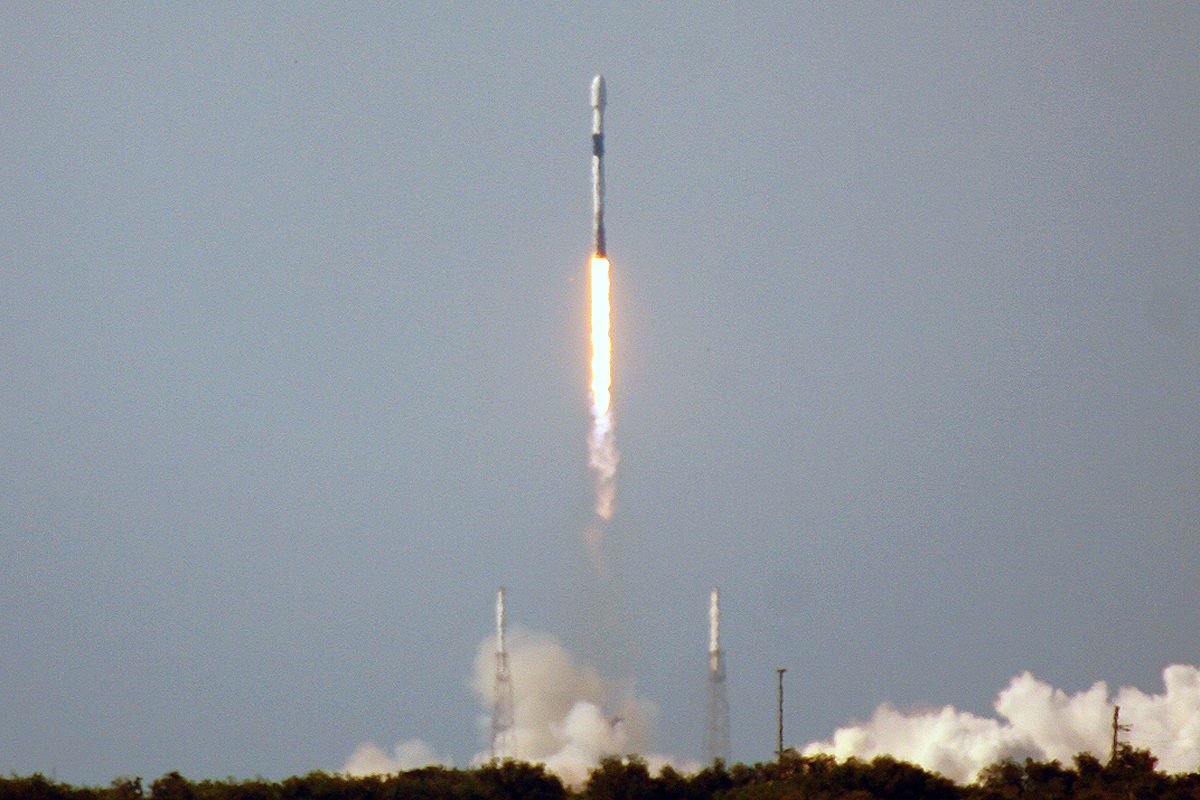
Falcon 9 Nilesat 301 Launch, Photo Courtesy Carleton Bailie/Spaceline
Falcon 9 Launches Nilesat 301 Satellite For Egypt
June 8, 2022 | Reported by Cliff Lethbridge
A SpaceX Falcon 9 rocket successfully launched the Nilesat 301 satellite at 5:04 p.m. EDT today from Launch Pad 40 on Cape Canaveral Space Force Station. The first stage booster employed today was being flown for the seventh time, having previously supported the GPS III-SV04, GPS III-SV05, Inspiration4, Axiom-1 and two Starlink missions. The booster was successfully recovered today with a landing on the "Just Read the Instructions" drone ship positioned on the Atlantic Ocean about 400 miles northeast of Cape Canaveral. Nilesat 301 is an Egyptian communications satellite built by Thales Alenia Space. The 9,000-pound satellite was deployed to a geostationary transfer orbit about 33 minutes after launch and will ultimately be positioned at seven degrees west longitude in a geostationary orbit about 22,000 miles above the equator. The satellite is designed to provide television and Internet services to Egypt, as well as portions of Africa and the Middle East.
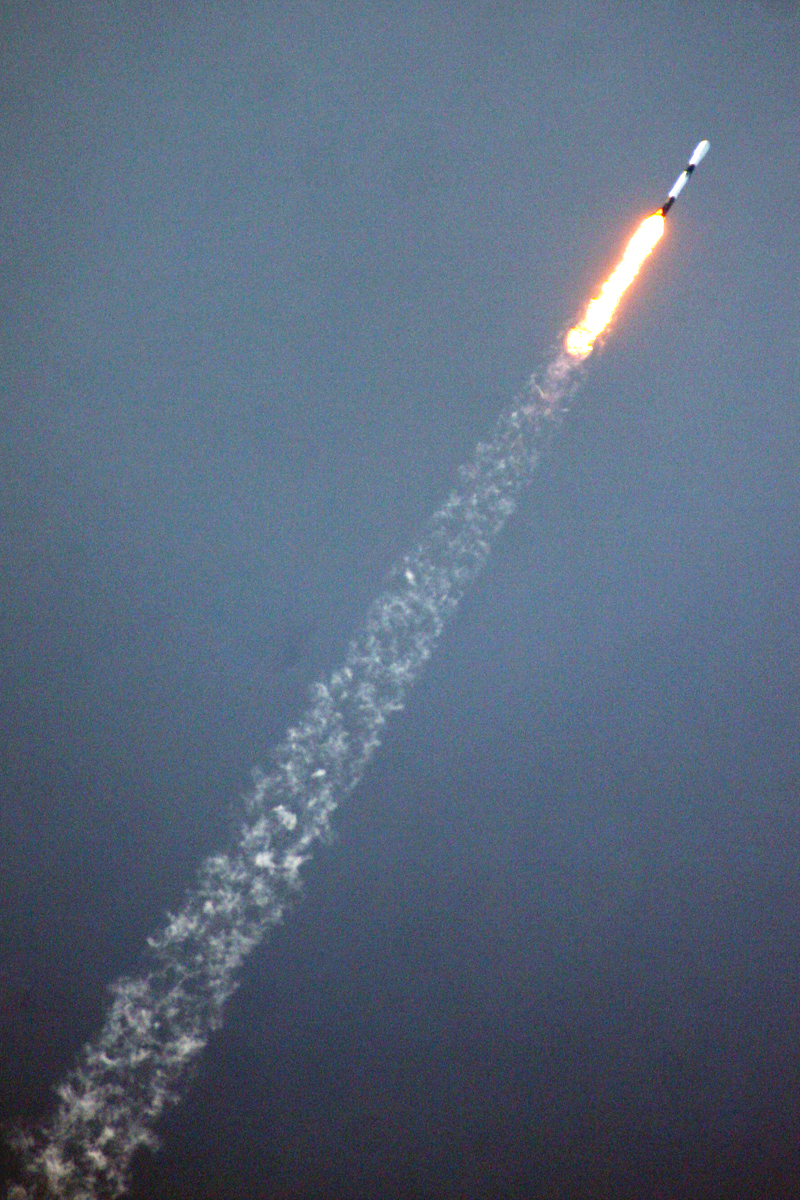
Falcon 9 Nilesat 301 Downrange, Photo Courtesy Carleton Bailie/Spaceline











